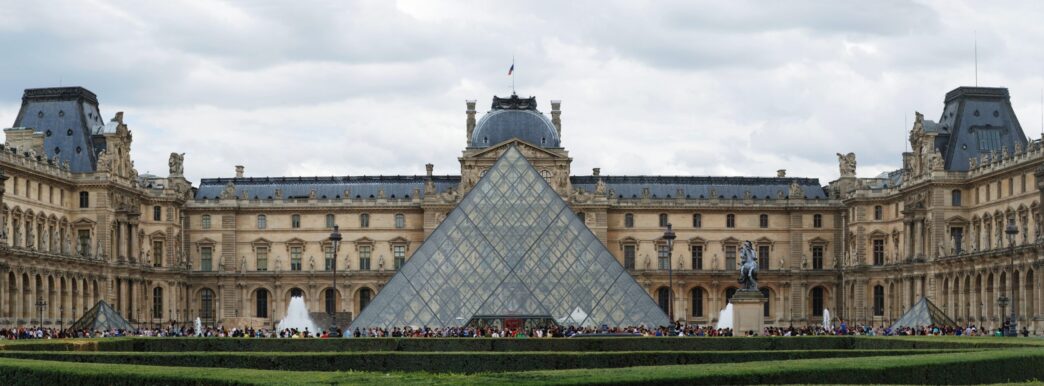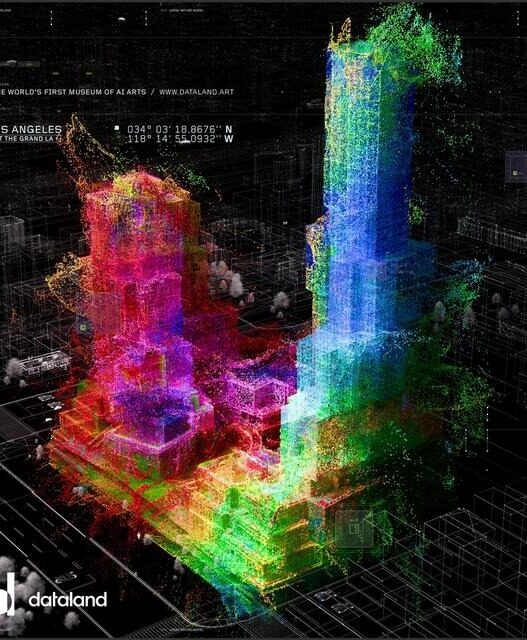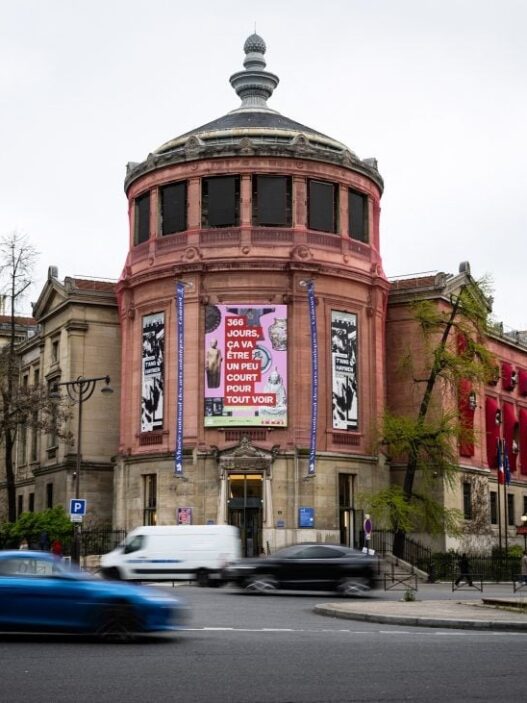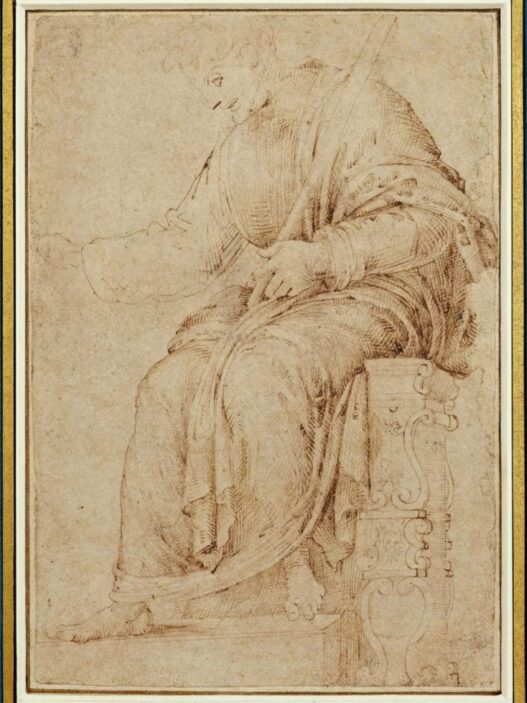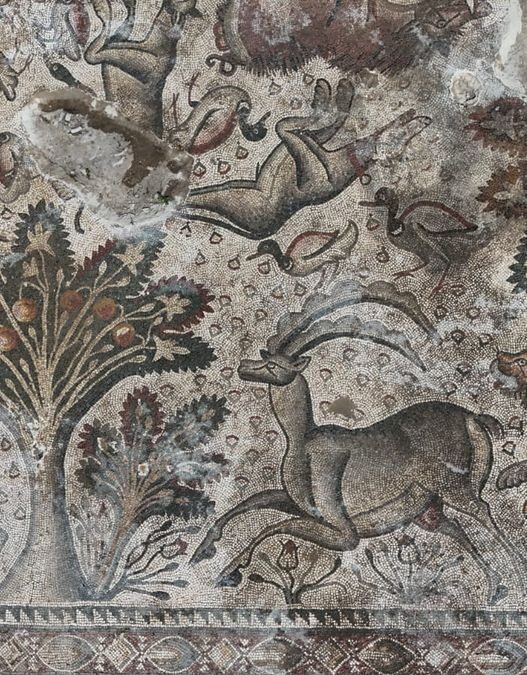The Musée du Louvre in Paris is set to launch a new department dedicated to Byzantine and Eastern Orthodox Christian art by 2027. The department will house nearly 20,000 objects depicting religious and social themes, reflecting the deep cultural influence of the Byzantine era across regions such as present-day Ethiopia, Russia, Mesopotamia, and the Balkans. Announced during a meeting in Athens, the department will explore the historical, religious, and artistic significance of Byzantine civilization, including a focus on the pivotal role of Greece throughout these regions. The artifacts to be showcased span from the 3rd century CE to 1923, a period marked by the signing of the Treaty of Lausanne.
This new department reflects a long-standing cultural exchange between Greece and France, initiated during the bicentennial of the Greek War of Independence in 2021. The exhibit aims to immerse visitors in the richness of Byzantine art, including its icons and the evolution of Christian iconography in the East. The introduction of the department is a major development for the museum, which sees nearly nine million visitors annually, and it will serve to deepen the understanding of Eastern Christian cultural contributions to global history.
Maximilien Durand, responsible for curating the new department, emphasized the display’s broad scope—encompassing religious and artistic objects from various regions and cultures influenced by Byzantine civilization. The exhibition promises to provide a comprehensive look at how Eastern Christian traditions shaped cultures across the Mediterranean and beyond.










